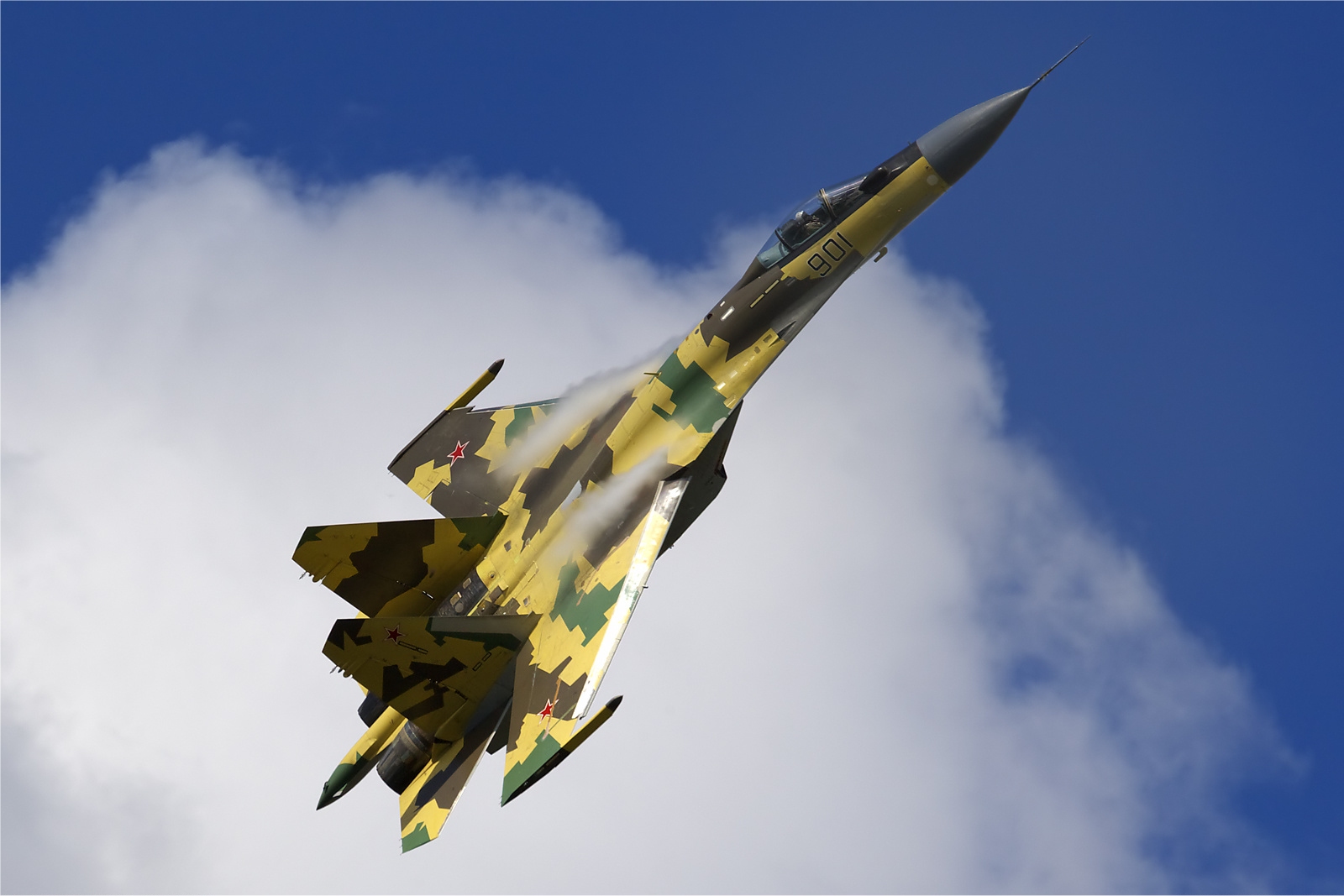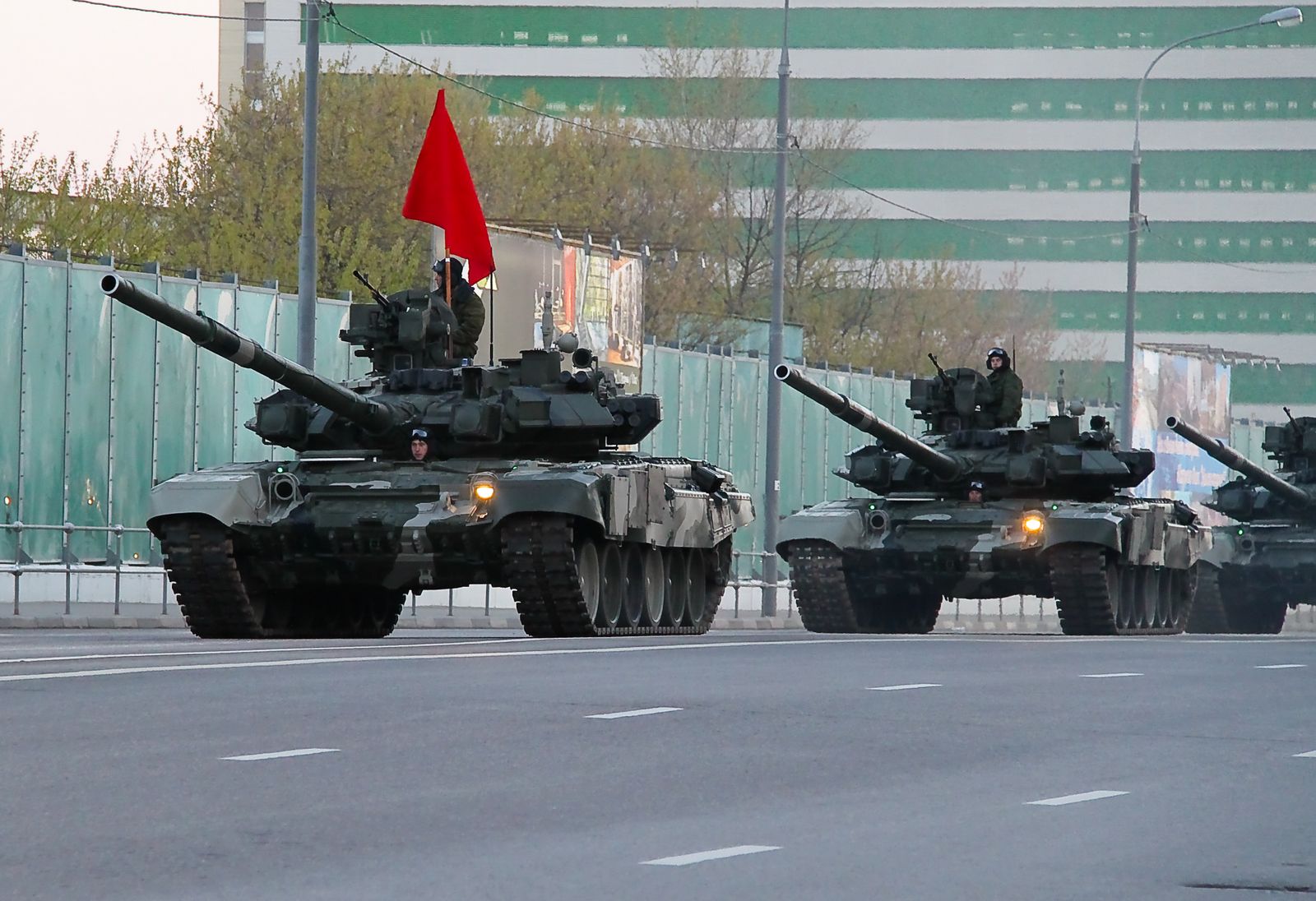The Middle East, a key market for advanced fighter jets, may soon have a new player if reports of Iran planning to buy the Russian Su-35E ‘Super Flanker’ are anything to go by.
Despite the fact that the Indo-Pacific is becoming a significant flashpoint between the United States and China, the Middle East retains its strategic significance in the global arms market.
Russia has been pushing its weapons to this region in recent years, hoping to capitalize on ongoing differences between the Biden administration and Gulf countries.
#BREAKING: By mid-January 2022, #Iran & #Russia will sign a 20 years security & defense agreement through which #Iran will procure over $10 billion USD of weapons including a military satellite, at-least 24 Su-35SE (ex-#Egypt Air Force), 2 S-400 SAM batterries & etc. pic.twitter.com/NmnCKp0ZO2
— Babak Taghvaee – Μπάπακ Τακβαίε – بابک تقوایی (@BabakTaghvaee) December 25, 2021
The EurAsian Times had earlier reported that during the Dubai Air Show, Russia stole the limelight with the Su-75 Checkmate, showcasing its fifth-generation stealth aircraft as a suitable fit for the Gulf region. Algeria and Turkey have apparently also expressed interest in the Su-35 combat jet.

Iran is now expected to purchase 4.5-generation Sukhoi Su-35SE ‘Super Flankers’ from Russia in the near future, according to reports. Iran and Russia could possibly sign a $20 billion defense pact in January 2022.
Moscow could provide Tehran with 24 Su-35SE fighter jets, two upgraded S-400 air defense missile systems, and a military satellite under the terms of the agreement, many have speculated.
‘Super Flanker’ for Iran?
The Su-35SEs were originally intended for Egypt, However, the US threatened sanctions against Egypt under Countering America’s Adversaries Through Sanctions Act (CAATSA). Thus nearly 15 ready-to-fly Su-35SEs could be delivered to Iran by early next year
For the time being, a number of Su-35SEs destined for Egypt are stationed in Komsomolsk-on-Amur, Russia’s Far East. This has sparked suspicion that Russia will instead sell them to Iran or Algeria. If the deal goes through, it will be a headache for the US and allies as they are aware of Su-35’s capabilities.
In October, Russia reportedly deployed four Su-35s to Syria with the goal of assisting the Assad administration in retaking additional territory from rebel forces.

The Islamic Republic of Iran Air Force (IRIAF) is outdated as the majority of its aircraft are F-14As, F-4s, and F-5s manufactured in the United States and delivered during the reign of its last Shah in the 1960s and 1970s.
Iran has since purchased MiG-29As from Russia as well as some ex-Iraqi Air Force Dassault Mirage F-1s that were delivered to the country after the 1991 Persian Gulf War.
On December 28, Israeli jets targeted the Syrian port of Latakia, reportedly striking Iranian-operated weapons and ammunition storage depots. Acquiring the advanced Su-35 will provide Iran with a huge boost and serve as a strong deterrent against the possible Israeli airstrikes in the future.
If the defense deal is completed in January, training will start shortly afterward, and all Su-35SEs will be delivered by mid-2022. However, Israel has the option of procuring the F-15EX to match the Su-35.
Paul Iddon, an aerospace and defense expert, mentioned in his article that there was speculation shortly after the 2015 nuclear deal that Iran will take advantage of the possibility to buy 30 Russian Su-30 fighter jets and 300 T-90 main combat tanks.
However, rather than purchasing 300 T-90s for the Iranian Army, the Islamic Revolutionary Guard Corps (IRGC) purchased only 24 and sent them all to Syria to fight alongside President Bashar al-Assad’s forces.

In 2016, military aviation expert Tom Cooper wrote a detailed piece on how Iran’s political system and relations between the IRGC and the regular armed forces would make such large-scale purchases extremely doubtful. For the same reason, he was skeptical that Iran would obtain the Su-35SEs that were originally designed for Egypt.
S-400 Air Defense System For Iran?
The latest report also talks about the possibility of selling the S-400 to Iran. Despite US objections, Russia’s Ambassador to Iran, Levan Jagarian, earlier told an Iranian news agency that his country may supply S-400 air defense systems to Iran. Jagarian stated, “We are not afraid of US threats and we will fulfill our commitments.”
The existence of more S-400s in the vicinity, if purchased, poses a substantial threat to Israeli aircraft and US assets. Russian media has frequently claimed that the most modern S-400 variants can eliminate 5th-Gen stealth jets and B-2 bombers since they use a new generation of digital processors, computer networking, and radar-frequency detection.

Moreover, Israel’s aerial superiority in Syria, where it has carried out hundreds of strikes on targets related to Iran and the Lebanese terror group Hezbollah, will be weakened by the deployment of the system, which is sophisticated enough to track the major percentage of Israeli airspace.
Russia is trying to consolidate its authority in the region and to cause Israel and Saudi Arabia troubles. If the Super Flanker deal with Iran materializes, it would further complicate the Middle-Eastern geopolitics, creating a far bigger headache for the US.
- Contact the author at ashishmichel@gmail.com
- Follow EurAsian Times on Google News




